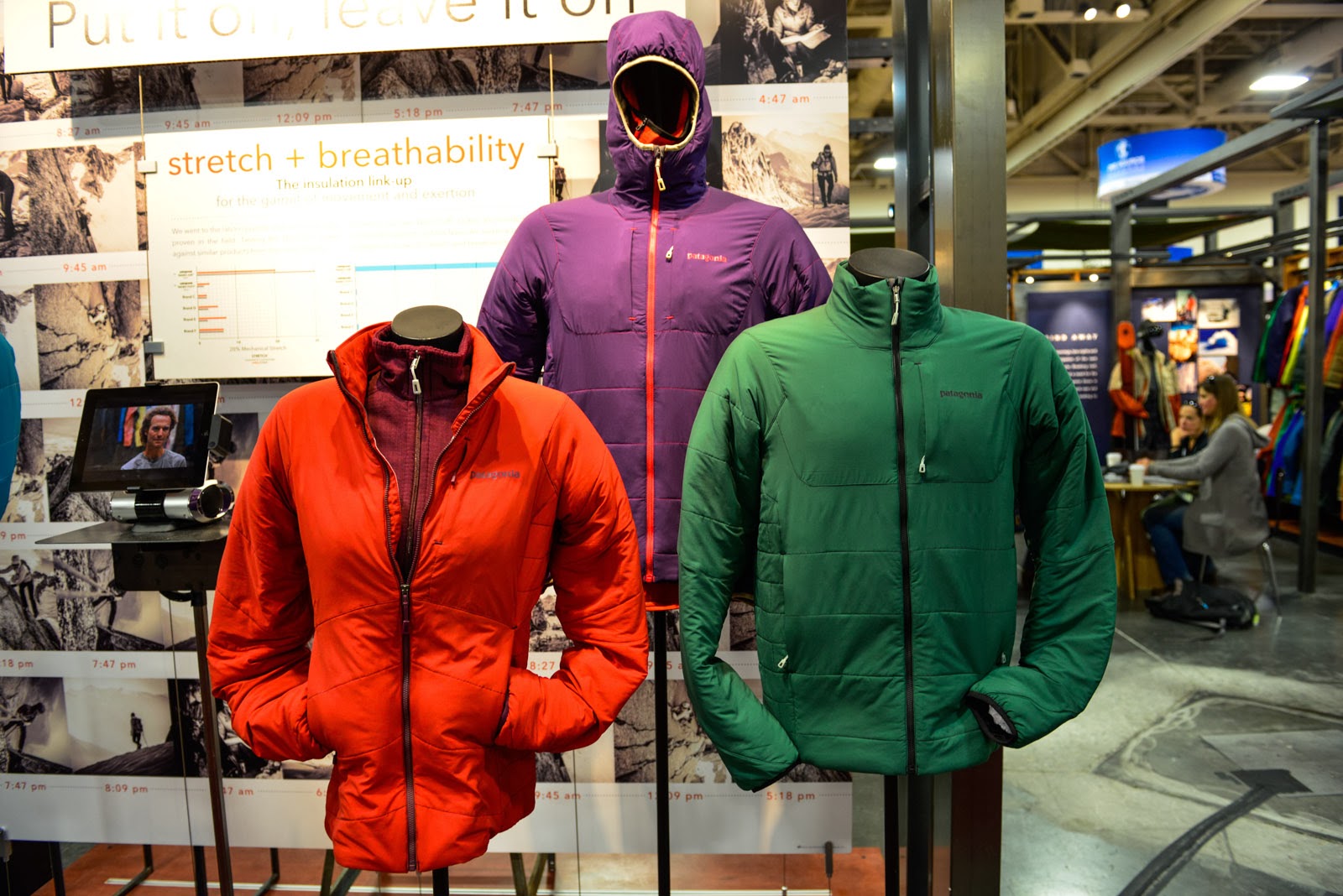

The light version has thinner insulation, and does not have hand warmer pockets, a waist draw string, full zipper, or a second breast pocket like the standard Nano Air has. It lacks all those features in the name of saving weight. Also the cuff of the wrists is different on the Light version and theres some slight cosmetic differences like mock baffling on the standard version, shop Patagonia's website to compare. I have a nano air light and I like it a lot, but it was a Christmas gift. I dont know if I coulda ponied up the cash for one on my own. I havent really tested it much in the field besides walks around my neighborhood in 20F weather with a baselayer and a shell, but its surprisingly warm, similar warmth to a UL puffy like a ghost whisper but it breathes really well so you can use it as an active piece like a fleece.īiggest con of the NAL is cost.

Its $100 more than an R1 for only a couple oz lighter, and a little more versatility, all other features pretty much the same. the Uberlayer is the same warmth as the Proton LT and Nano Air.

Also minimal feature may be a con depending on the person. We had the opportunity to lose the bulk of a mid-layer fleece or wool by using this new. Cons with the standard NA is that it might be too warm and is heavier. Some other "active insulation" pieces comparable to the nano air:Īrc'teryx Proton LT (coreloft 65g/m2) and the warmer Proton AR (coreloft 90g/m2). The Proton line is more breathable than their Atom line for intense activities, but as a result it has less protection from the wind. The North Face Ventrix has 80g/m2 of a similar active insulation, a little cheaper and good reviews, but people don't seem to like TNF here. Outdoor research Uberlayer is warm and very breathable, but significantly heavier than the Nano Air. Nano Air Light Hybrid has no insulation in the back, which might be an advantage if you're carrying a backpack. A pack can keep you pretty warm and the hybrid is cheaper, but unfortunately lacks a hood.Ī lot of companies are using "Polartec Alpha Direct" insulation that has exposed insulation on the inside of the jacket.
#UBERLAYER VS NANO AIR SKIN#
Nanosatellite development based on CubeSat standards guarantees ongoing and relatively inexpensive access to space, as well as a wide range of launch and space rocket options.ĬubeSat standardisation opens up the possibility of using commercial electronic parts and the choice of numerous technology suppliers, thereby considerably cutting the costs of CubeSat engineering and development projects in comparison with other types of satellites.Worn next to skin or base layer the naked insulation transports moisture to the surface of the jacket, while the fabric pile still traps plenty of warmth. Today, new configurations are under development. nano) in simulated gastrointestinal (GI) and plasma fluids and in rat-extracted fluids. After the first few years, this modular unit was multiplied and larger nanosatellites are now common (1.5U, 2U, 3U or 6U). In this study, ZnO interactions with biomatrices were investigated by examining the physicochemical properties, solubility, protein fluorescence quenching, particleprotein corona, and intestinal transport with respect to the particle size (bulk vs.
#UBERLAYER VS NANO AIR SERIES#
CubeSats must also comply with a series of specific criteria that control factors such as their shape, size and weight.ĬubeSats can come in various sizes, but they are all based on the standard CubeSat unit, namely a cube-shaped structure measuring 10x10x10 centimetres with a mass of somewhere between 1 and 1.33 kg. Nanosatellites are loosely defined as any satellite weighing less than 10 kilograms.


 0 kommentar(er)
0 kommentar(er)
